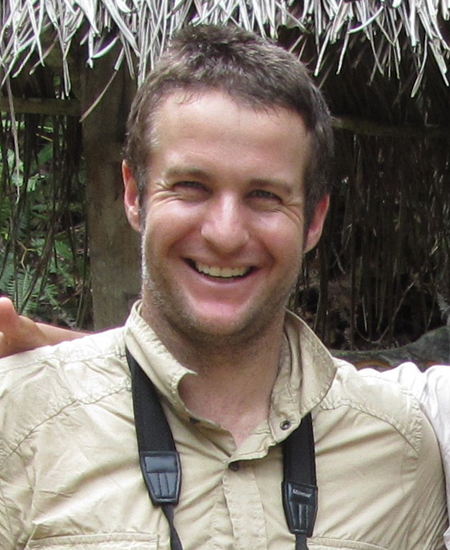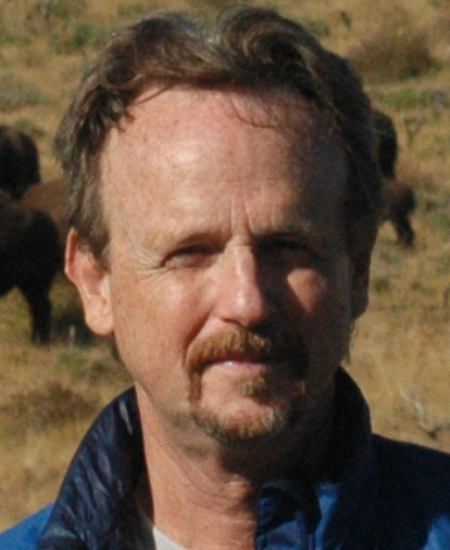Breaking the deadlock on ivory
Poaching for ivory has caused a steep decline in African elephant (Loxodonta africana, see the photo) populations over the past decade. This crisis has fueled a contentious global debate over which ivory policy would best protect elephants: banning all ivory trade or enabling regulated trade to incentivize and fund elephant conservation. The deep-seated deadlock on ivory policy consumes valuable resources and creates an antagonistic environment among elephant conservationists. Successful solutions must begin by recognizing the different values that influence stakeholder cognitive frameworks of how actions lead to outcomes (“mental models”), and therefore their diverging positions on ivory trade. Based on successful conflict resolution in other areas, we propose an iterative process through which countries with wild elephant populations may be able to understand their differences and develop workable solutions in a less confrontational manner.
Read More




